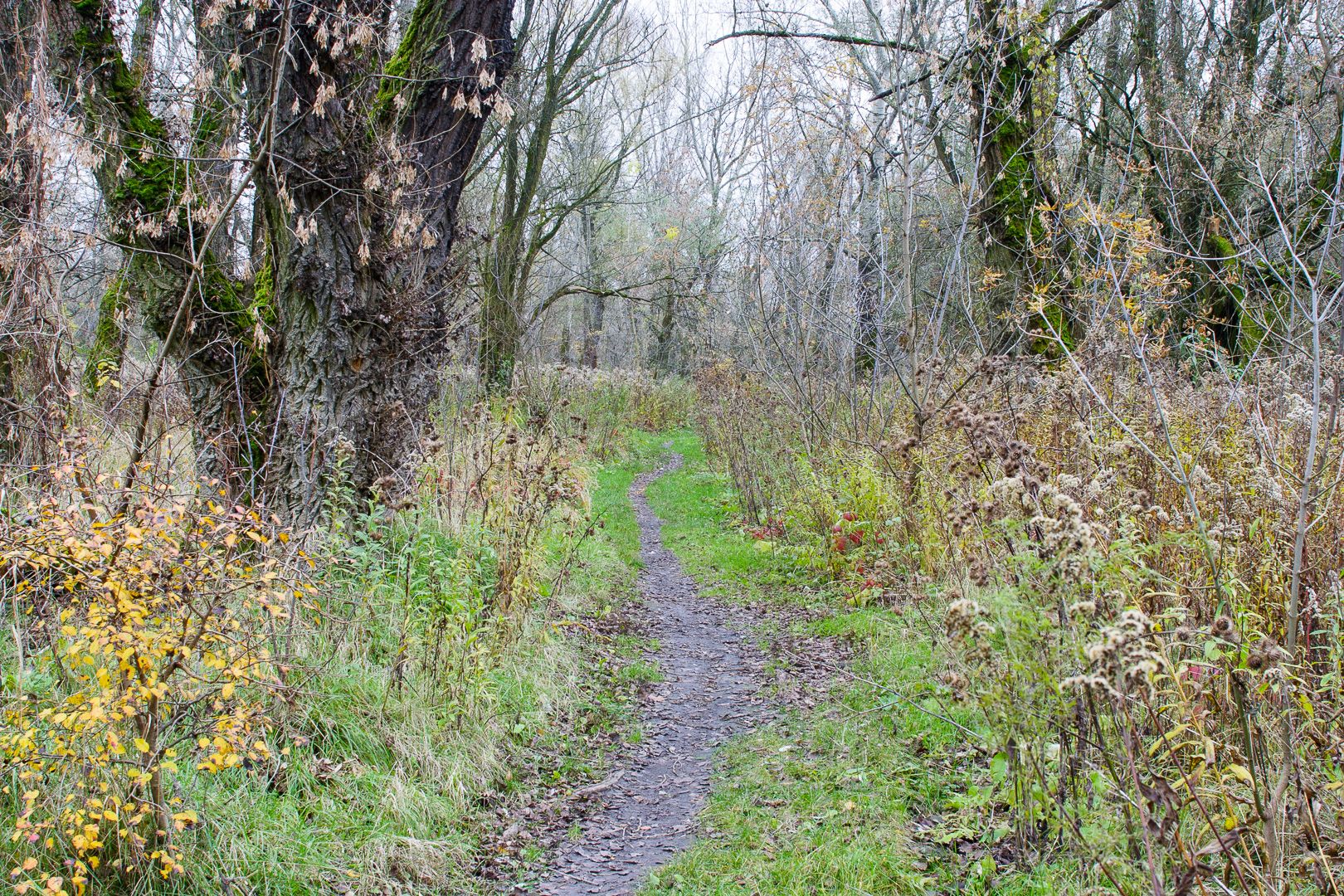Whale Bank
6.05

Overview
Kępa Wieloryb, the largest river island within the Vistula riverbed in Warsaw, is located in the Wawer district, between Miedzeszyn and the Las housing estate. Its name likely comes from its distinctive shape, which resembles a blue whale, but it may also refer to the numerous pike that used to spawn in the area before the Vistula was regulated. The island is home to rich fauna, including protected birds such as the white-tailed eagle and the Eurasian wryneck, as well as roe deer, hares, and other animals. Kępa Wieloryb is part of the Natura 2000 Special Protection Area for birds and the Warsaw Protected Landscape Area, highlighting its ecological importance. Unfortunately, the area faces issues related to illegal dumping of construction debris, which damages the local ecosystem. Historically, Kępa served as a meeting place for conspirators during the 1905 revolution and World War II, when it was a clandestine point for local firefighters and scouts. After the war, the area witnessed groups of residents fleeing from danger, which was associated with tragic events linked to the front. It is also worth noting that Kępa was used by local residents for weaving wicker baskets and grazing cattle, contributing to its degradation. Today, Kępa Wieloryb remains a place that combines rich natural and cultural heritage with dramatic historical events.
Location
Tickets
Powered by GetYourGuide
2025 Wizytor | All Rights Reserved